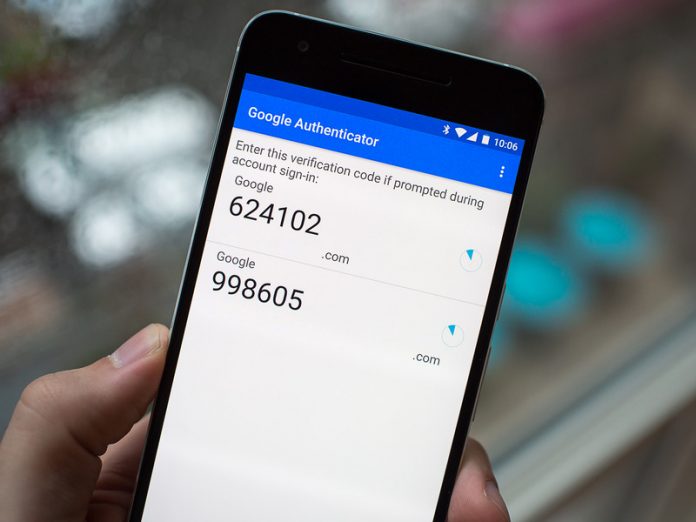| Panel | ||||||
|---|---|---|---|---|---|---|
| ||||||
CCC Data Warehouse Report Server v7.8 Last Update: June 2022 |
...
Part 2: User Accounts & Access
This section includes:
...
| Panel | ||||||
|---|---|---|---|---|---|---|
| ||||||
College & District SSO Users - See Appendix A: Data Warehouse Report Server URLsfor IdP URLs. |
Set Up & Log In Processes
...
The authorized user has followed the Getting Started tips and has coordinated with CCCTC Enabling Services to begin the account creation and configuration process based on their user type and access level.
The account has been configured with the appropriate roles, attributes, and - for SSO Users only - their institution’s IDP link.
SSO Users have received their unique college or district URL, configured to their IDP, and know their single sign-on credentials provided to them by their college or district’s IT department.
Non-SSO Users have received their account credentials and temporary password from CCCTC Administrator, have installed the authentication app software, and have completed the “First-Time User Log In” process (setup and verification tasks) required to facilitate two-factor authentication at the generic DWRS URL.
...
The User coordinates with the Enabling Services implementation team and receives acknowledgment that their account has been created with the appropriate roles and attributes, and the IDP has been linked.
The User is directed to the appropriate URL for their IDP and logs in.
The User is authenticated through their institution IDP (SSO) and is logged in to the DWRS.
...
The User coordinates with the Enabling Servicesimplementation team and receives account credentials and user setup information via secure method (i.e., Privnote).
The User downloads and installs a compatible authentication software on their desktop or mobile device.
The User completes the “First-time User Log In” process, which enables entry of account credentials, one-time QR code verification, and authentication to the DWRS.
Optional: After logging in, the User may update their temporary password using the Forgot Password? link to reset their password.
...
For security purposes, all non-SSO users will receive their account credentials and temporary password in one or two separate emails from the CCCTC Administrator. The email(s) will include a link to a secure Privnote message, sent to their institution email address (.edu).
...
| Panel | ||||||
|---|---|---|---|---|---|---|
| ||||||
Note: The password will not be passed to the authorized user until they have started the implementation process with the CCCTC Enabling Services team for added security. |
...
| Expand | ||
|---|---|---|
| ||
To Install the Chrome Authenticator:
NEXT: Start the “First-Time User Log In” process below to initiate the authentication process and login. |
...
| Expand | ||
|---|---|---|
| ||
Google Authenticator is compatible with multiple different mobile devices, operating systems, and browsers. The process for downloading and installing can be found here. NEXT: Start the “First-Time User Log In” process below to initiate the authentication process and login. |
| Panel | ||||||
|---|---|---|---|---|---|---|
| ||||||
Suggestion: Although any six-digit TOTP compatible authentication software should work for the Report Server User Account, the tools that we’ve found to be most user friendly are: Chrome Authenticator for desktop use and Google Authenticator for mobile devices. Both are free downloads and both can also be used together. |
| Panel | ||
|---|---|---|
| ||
NEXT: Start the “First-Time User Log In” process below to initiate the authentication process and log in. |
...
For Non-SSO Users Only: After the user completes the one-time “First-Time User Log In” process, the user is “verified” and will not have to repeat the Scan the QR Code Page stepagain UNLESS they need to re-install their authentication software and/or generate a new QR code. For all subsequent logins, the verified user needs only to enter their account credentials and the verification code retrieved from their authenticator app.
...
Navigate to the Data Warehouse Report Server URL (http://dw-reports.ccctechcenter.org/) and land on the Log In page.
Enter your user account credentials and password in the input fields.
User ID: Enter your institutional email address in the User ID field (.edu, or org) (Required)
Password: Enter your unique password.
Click the “Sign In” button.
| Infopanel | ||||||||
|---|---|---|---|---|---|---|---|---|
| ||||||||
Reminder: Click the Forgot Password? link on the Log In page to recover your account password or to change your password at any time. |
...
To run a report, click the name of a report in the repository. For example, click DW LGBTQ Report. The report appears in the Report Viewer.
...
On the Home page, click Create in the Reports block. The Create Report wizard opens.
Select the Ad Hoc view you want to use as the basis for your report.
Select a report template. To use a template other than the default, select Custom Report Template, click Browse and select the desired template. See Report Templates for more information.
Click OK. If asked, enter the input controls needed. See Using Input Controls.
You can now begin working with your report.
...
| Panel | ||||||
|---|---|---|---|---|---|---|
| ||||||
Creating Filters with Relative DatesYou can filter information in your view based on a date range relative to the current system date. You can accomplish this using date-based filters, and entering a text expression describing the relative date or date span you want to display, using the format <Keyword>+/-<Number> where:
For example, if you want to see all of the CC Promise Grant Applications submitted during the prior week, your expression would be: WEEK-1. |
...

